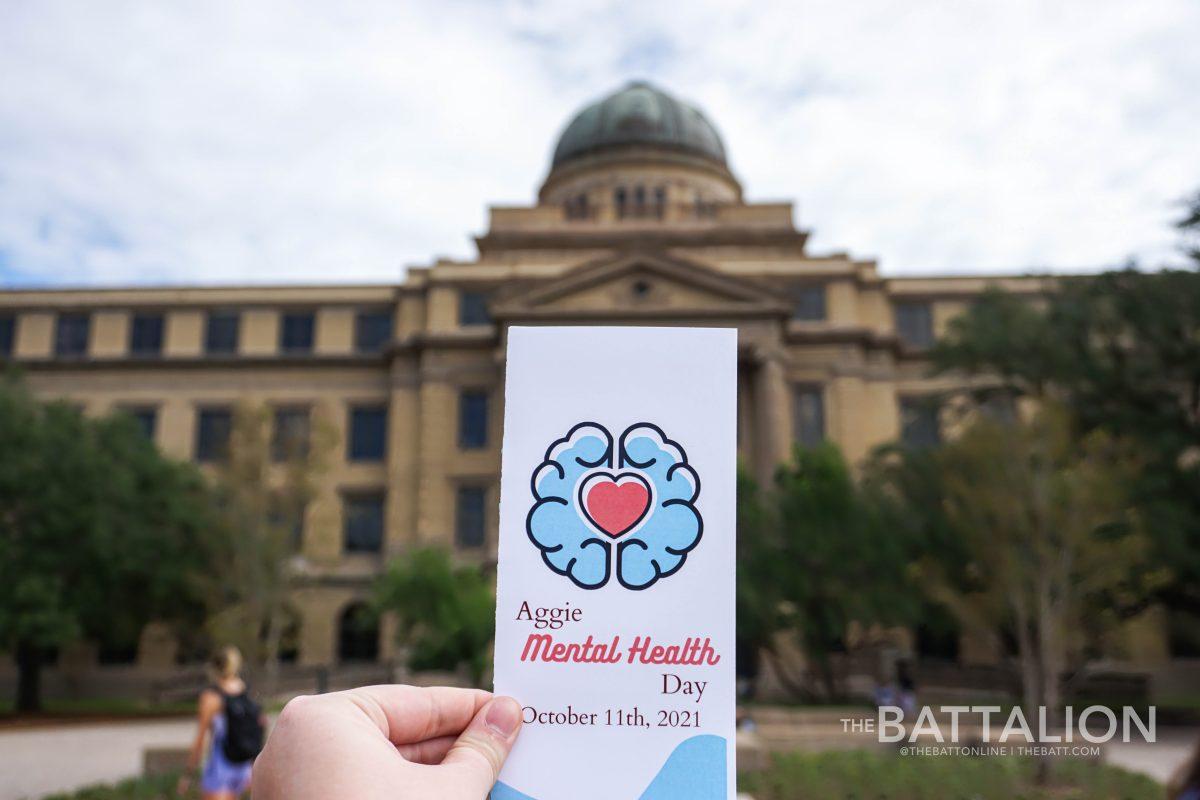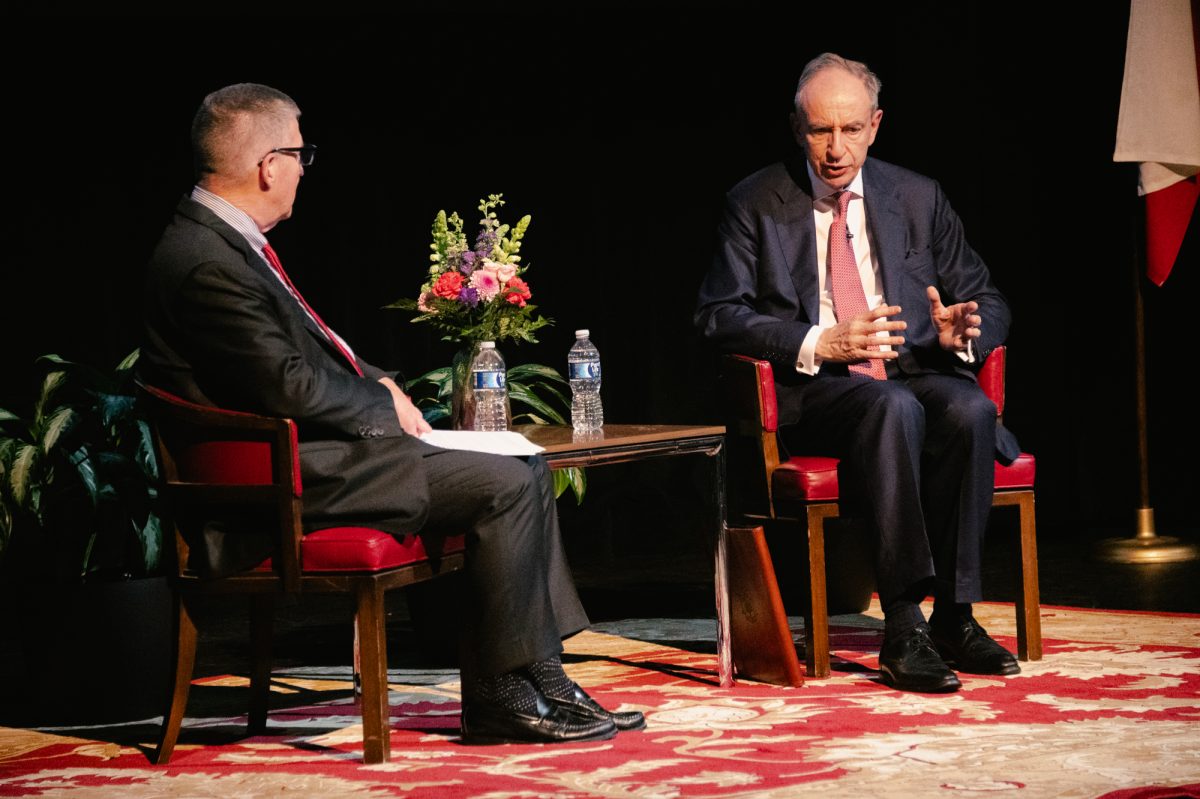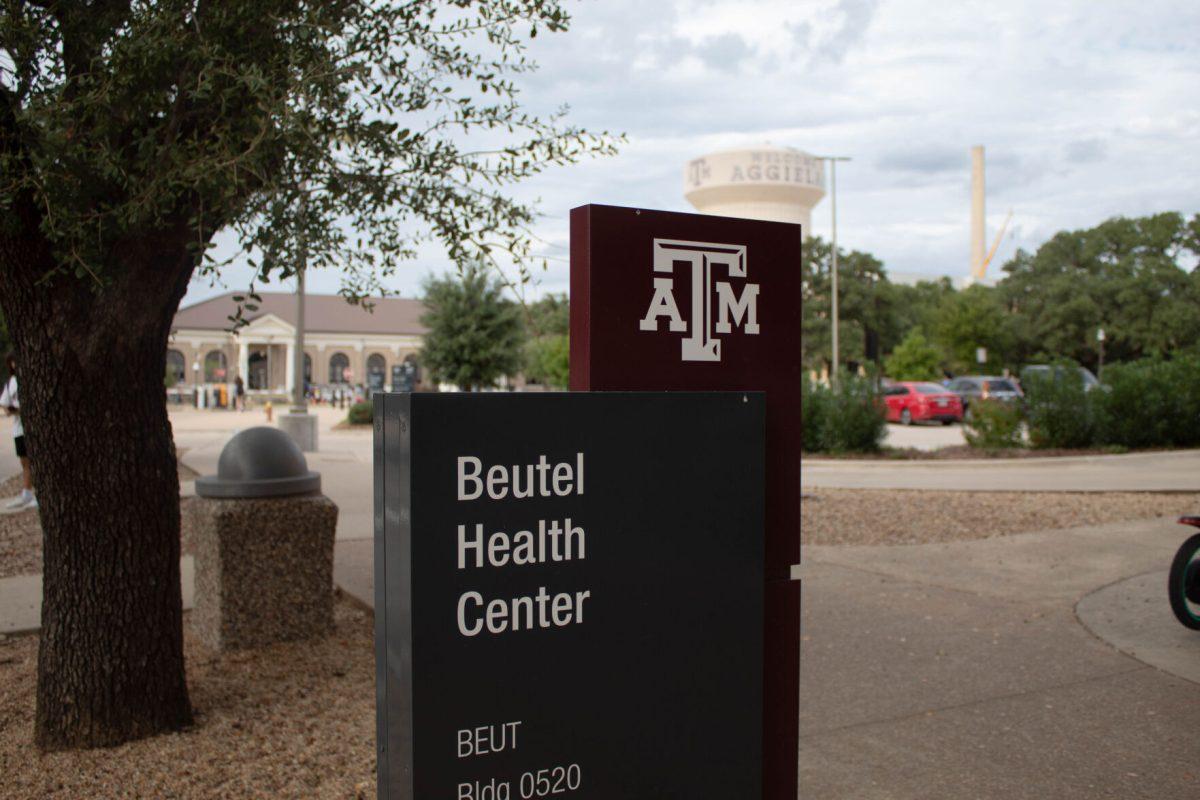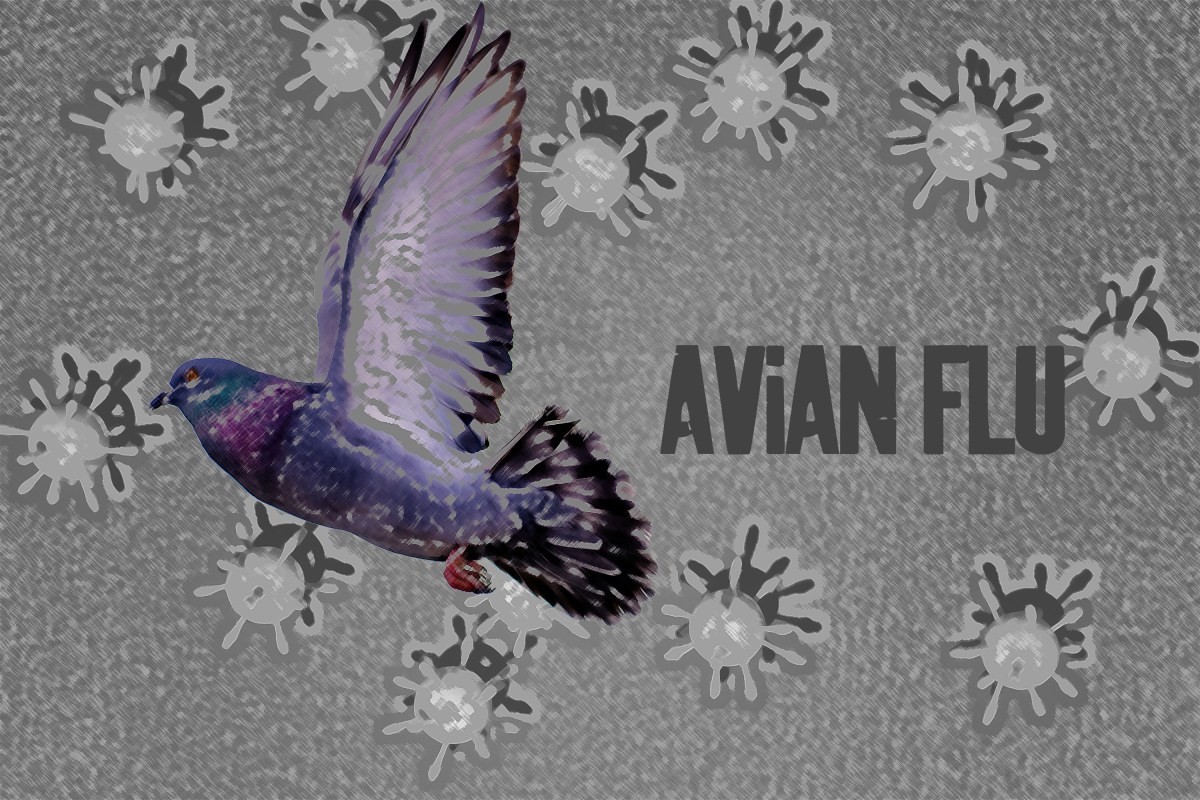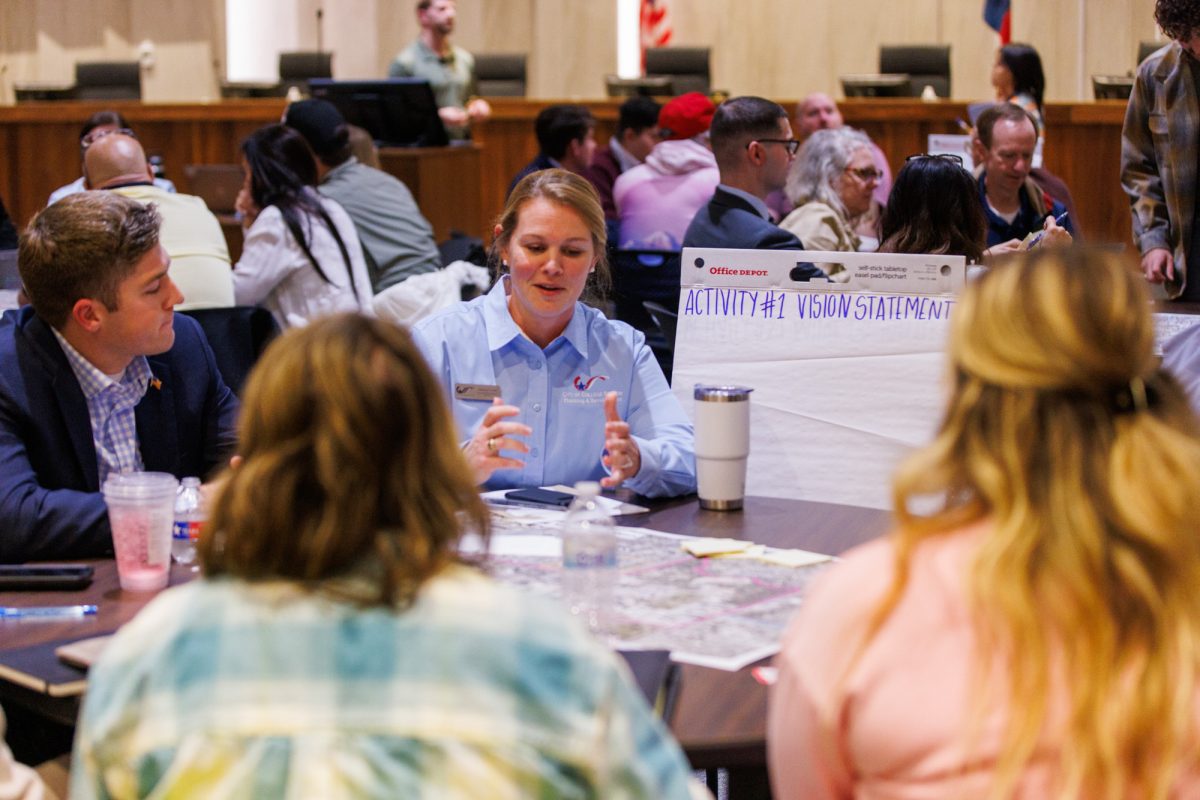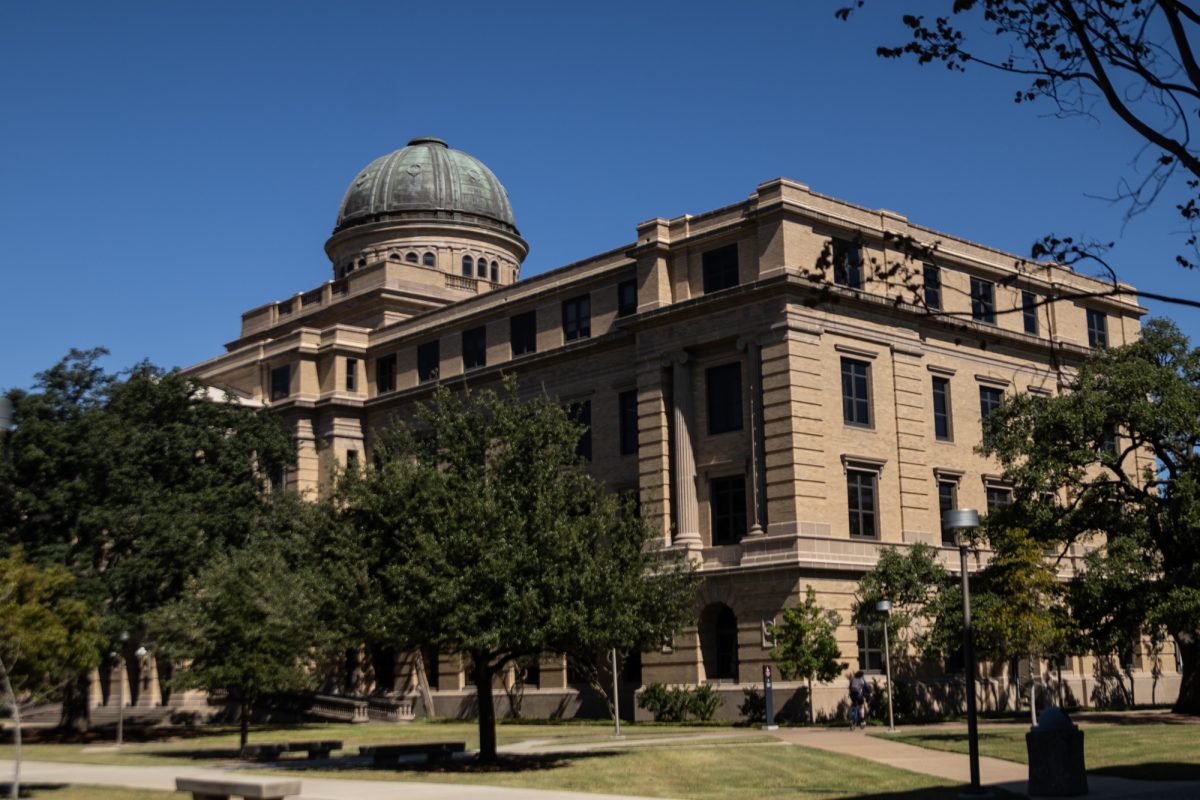Texas A&M is reorganizing the structure of its University Health Services, or UHS, uniting both physical and mental health forces to better support students’ overall health.
There are many plans set for improving students’ mental health currently in action or soon to be. However, the recent termination of Dr. Mary Ann Covey, the former Director of Counseling and Psychological Services, key mental health leader and licensed psychologist, has raised questions about the future reduction of [A&M]’s student services and health workers.
Covey was removed through a Reduction in Force, or RIF. Covey declined The Battalion’s request for comment. Dr. Martha Danenbaum, senior director of primary care and medical specialty care, said RIF will affect positions and student services.
“RIF is an elimination of a particular position title, not necessarily a termination of a specific employee,” Dannenbaum said. “Employees that are affected by RIF are eligible to apply to other open positions within the university for which they are qualified. Some people choose to do that, while others choose alternate options. Some may be eligible to retire at that point, and they choose that option. I am not aware of other RIF plans within UHS. As the new roles and positions become finalized, you will have access to the organizational structure of our unified health and counseling services under University Health Services.”
This new organizational structure is creating changes in titles and duties, but no reduction will be made in services and resources provided to students, Dannenbaum said.
“Currently there are some changes in titles and duties for several of our current staff,” Dannenbaum said. “These are not finalized within human resources, but we began using them as of Jan. 1. As with any changes, it takes a little time for each of us to internalize the new titles. Services available to students have not been reduced; we continue to implement various service lines that were already in progress before we made the organizational shift. Examples include our nurse clinic which is designed to support the same-day care needs of students when our pre-booked appointments are full.”
In the Sept. 28, 2022 State of the University Address, University President M. Katherine Banks assured a double in the amount of funding for student mental health services over the next three years. Banks also said that A&M will embed clinicians across campus in key academic locations.
Associate Vice President of University Health Services and a professor in the School of Nursing, Nancy Fahrenwald, Ph.D., said hard work was put into the direction and reorganization of all health services. Professionals in working groups were also created to collaborate in order to provide solutions to issues.
“Group 22 directed [the reorganization of] Student Health Services and Counseling and Psychological Services into one single organization under A&M Health, aligning health services together and serving students through a holistic integrated model of care,” Fahrenwald said.“The name of this new unit is the University Health Services.”
The new organization’s structure will not reduce any services but rather improve them, Danenbaum said.
“Students should expect to have [a] continuation of what is currently available, along with enhancements as our organizational structure develops over the coming months,” Danenbaum said. “We are all committed to supporting students’ health and well-being which supports their academic success.”
Psychology senior Marisol Alvarado said she looked forward to seeing the direction Banks planned to take A&M.
“I [was] taken aback by this statement,” Alvarado said. “While I understand the intention behind the idea, I would love to see how the plan would be executed. [I’m] looking forward to seeing what direction she takes.”
Alvarado said the reorganization of Student Health Services is a step forward.
“I know little about the behind-the-scenes organization of the counseling center,” Alvarado said. “I would say, however, that based on previous years, there will be resources available but [they] might not be as prioritized as the university would like them to be. It’s definitely a step forward on the campus’s part but there are many more to take.”
The new organization’s structural purpose is to serve students with a sole mission statement to be a national leader in university health, Fahrenwald said.
“We’re rolling out a new website for utilizing President Banks’ mental health investments to support expanded access to clinical care, [with] expanded access to mental health professionals, not only in the counseling center,” Fahrenwald said. “We have invested in a virtual mental health support platform called My SSP, and we’re embedding mental health professionals in the places where students need them. We’ve got an eye to continuing our support for suicide prevention, peer education training, and overall well-being support. This is not even the sum of it all.”
Alvarado said My SSP could benefit an individual when looking for quick assistance.
“I definitely think students might be able to benefit,” Alvarado said. “Considering I have experience with the mental health field, the app wasn’t necessarily my cup of tea. However, I do believe the intention of the platform is valid and an individual could benefit from it if they are looking for quick assistance.”
Fahrenwald said UHS is also working in collaboration with other university forces.
“We’re working with our University Police Department [to implement] a mental health co-responder model,” Fahrenwald said. “A licensed mental health professional, [such as] an employee of University Health Services, corresponds with our University Police Department for those situations when there is a mental health concern. This is exciting and all in the name of better supporting our students.”
The intent behind the reorganization is to benefit students who can expect to see a new mission and vision soon, Dannenbaum said.
“This reorganization is intended to enhance and expand the services available to students,” Dannenbaum said. “We exist to support the mission of university-student academic success. Physical and mental health, as well as overall well-being, are critical aspects of a student’s academic success.”
A vision is clear in UHS transformation, and with time and collaboration, its vision will be visible, Fahrenwald said.
“Our vision is to be a national leader in university health through innovation, transformation and impact,” Fahrenwald said. “And the only way that we’re gonna be able to do that is to work together on really capitalizing on the strengths of [A&M] to support student health. That’s really exciting for us. You will see that over time, all these things take time.”




